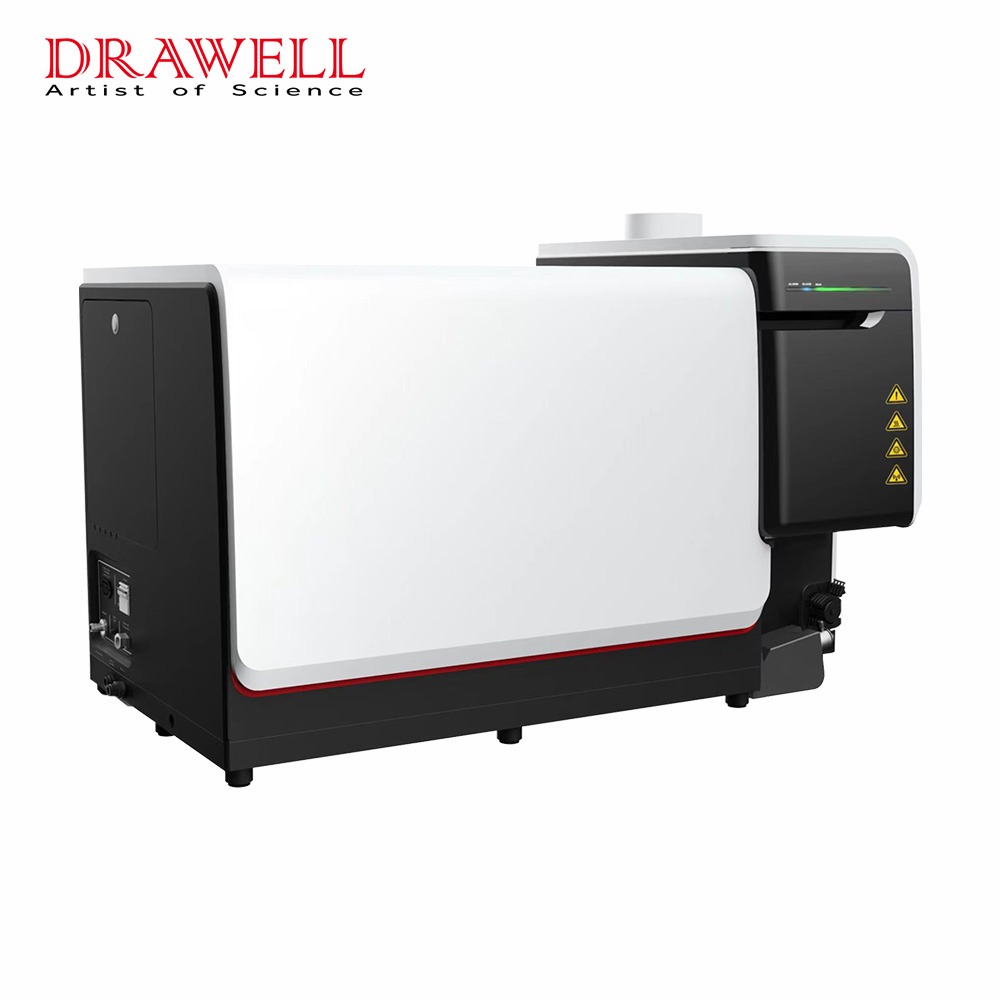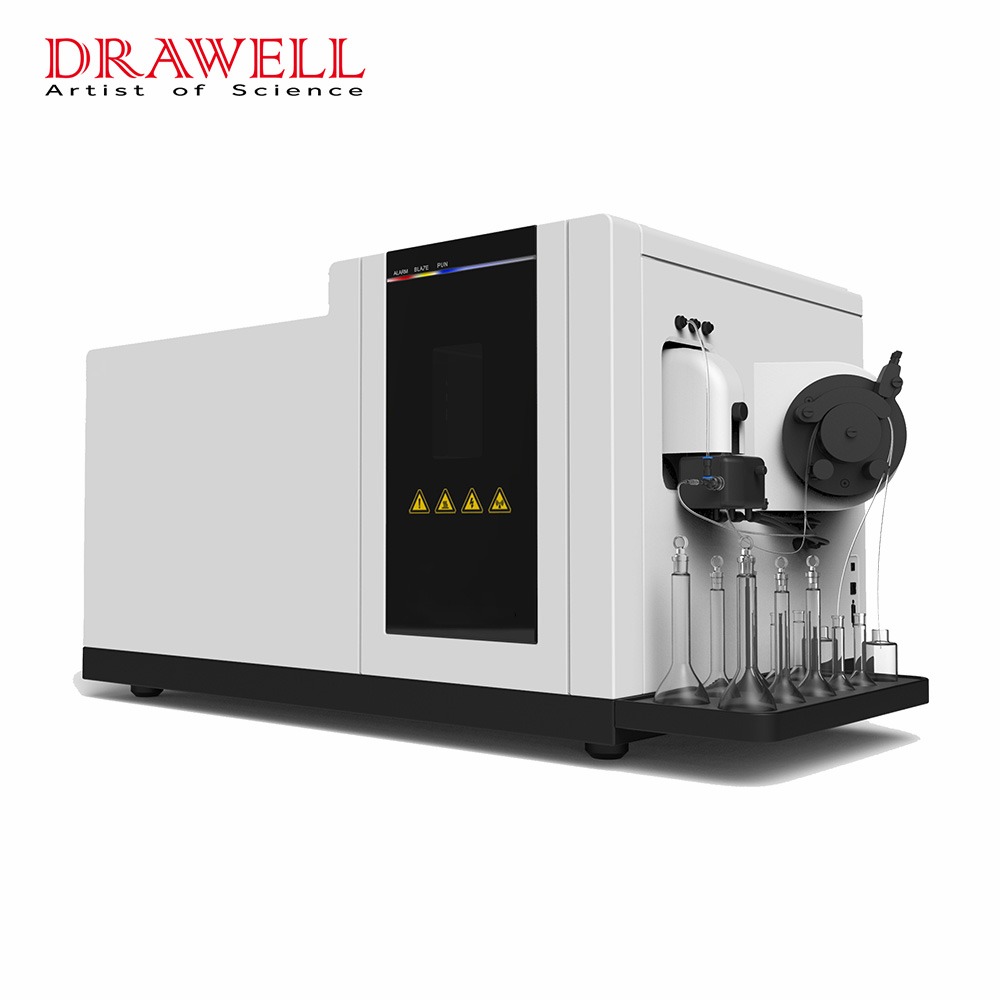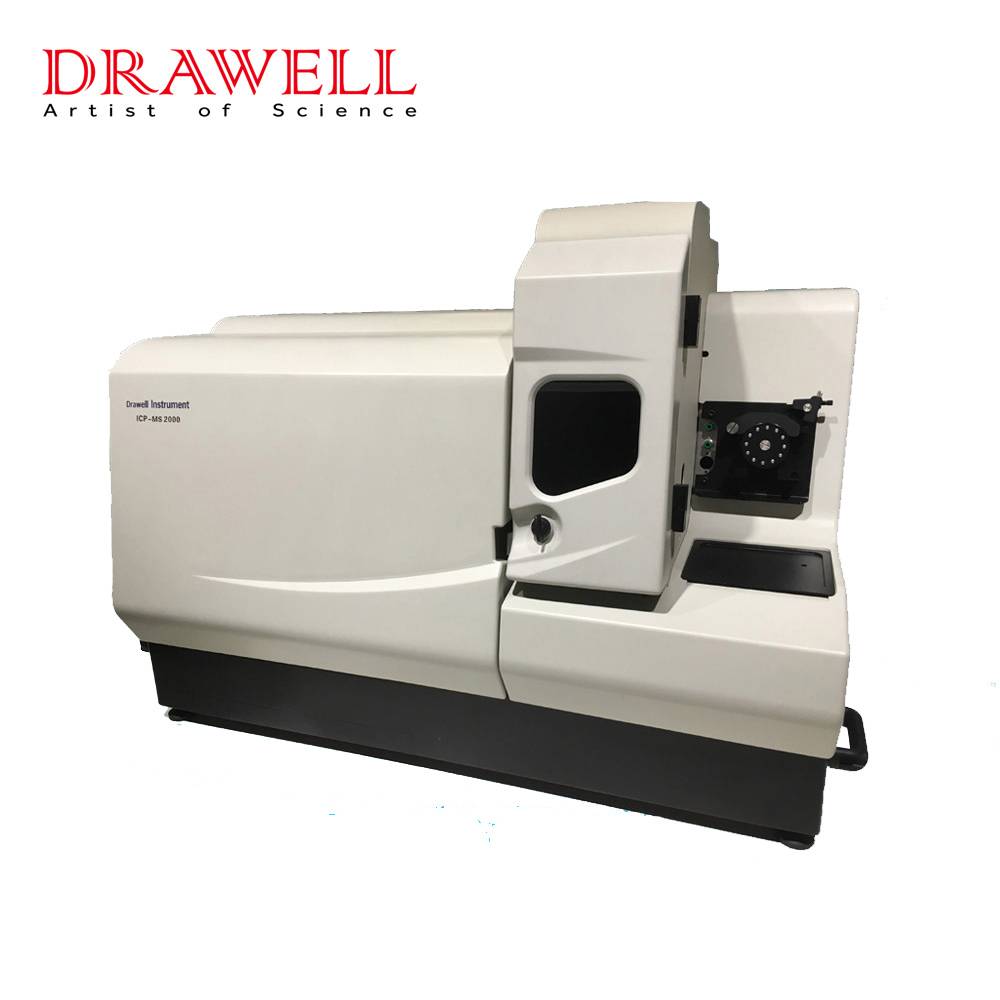Inductively Coupled Plasma Mass Spectrometry (ICP-MS) is an indispensable technology for detecting and quantifying trace elements and isotopes in various matrices. The accuracy of ICP-MS heavily depends on the quality of sample preparation, as improper techniques can introduce contamination, matrix effects, or signal suppression. Innovative advancements in sample preparation are revolutionizing ICP-MS workflows, leading to enhanced accuracy and reliability in diverse applications.
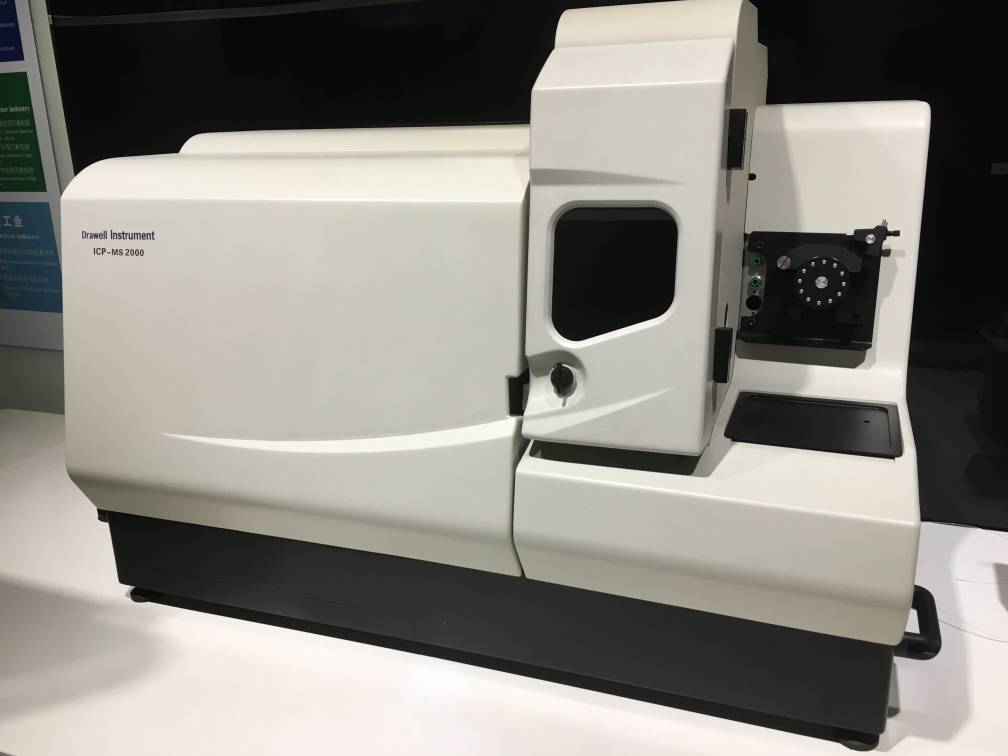
The Role of Sample Preparation in ICP-MS Analysis
Effective sample preparation ensures accurate and reliable ICP-MS analysis results by:
- Sample Homogeneity: To obtain representative and accurate results, samples must be homogeneous. Proper sample preparation helps eliminate variations within the sample, ensuring that the entire sample is properly analyzed.
- Minimizing Contamination: Contaminants can interfere with the ICP-MS process, leading to erroneous results. Clean and precise preparation techniques minimize contamination from the environment, tools, and reagents.
- Sample Digestion: For solid samples, digestion is necessary to break down the material into a liquid form that can be analyzed. This step is especially important when analyzing metals or minerals that are difficult to dissolve.
- Matrix Interferences: Different sample matrices can cause interference during ICP-MS analysis. Pre-treatment methods, such as dilution or the addition of internal standards, help mitigate these interferences, ensuring the accuracy of element quantification.
- Concentration and Dilution: Proper sample dilution or concentration ensures the sample falls within the instrument’s optimal sensitivity range. Overly concentrated or diluted samples can lead to inaccurate measurements and inefficiencies in detection.
- Choice of Reagents: The selection of reagents, such as acids for digestion or solvents for dilution, is crucial in preventing interference with the analysis. For example, certain acids can degrade elements or introduce unwanted contaminants if not chosen carefully.
- Preservation of Volatile Elements: Some elements are volatile and may evaporate during sample preparation. In such cases, it is essential to use proper sealing or cooling techniques to preserve the integrity of the sample.
- Standardization: Sample preparation involves the use of internal standards and calibration solutions to ensure accuracy. Internal standards correct for any instrumental drift or matrix effects that might affect the results.
Without proper preparation, even the most advanced ICP-MS spectrometer may deliver suboptimal results.
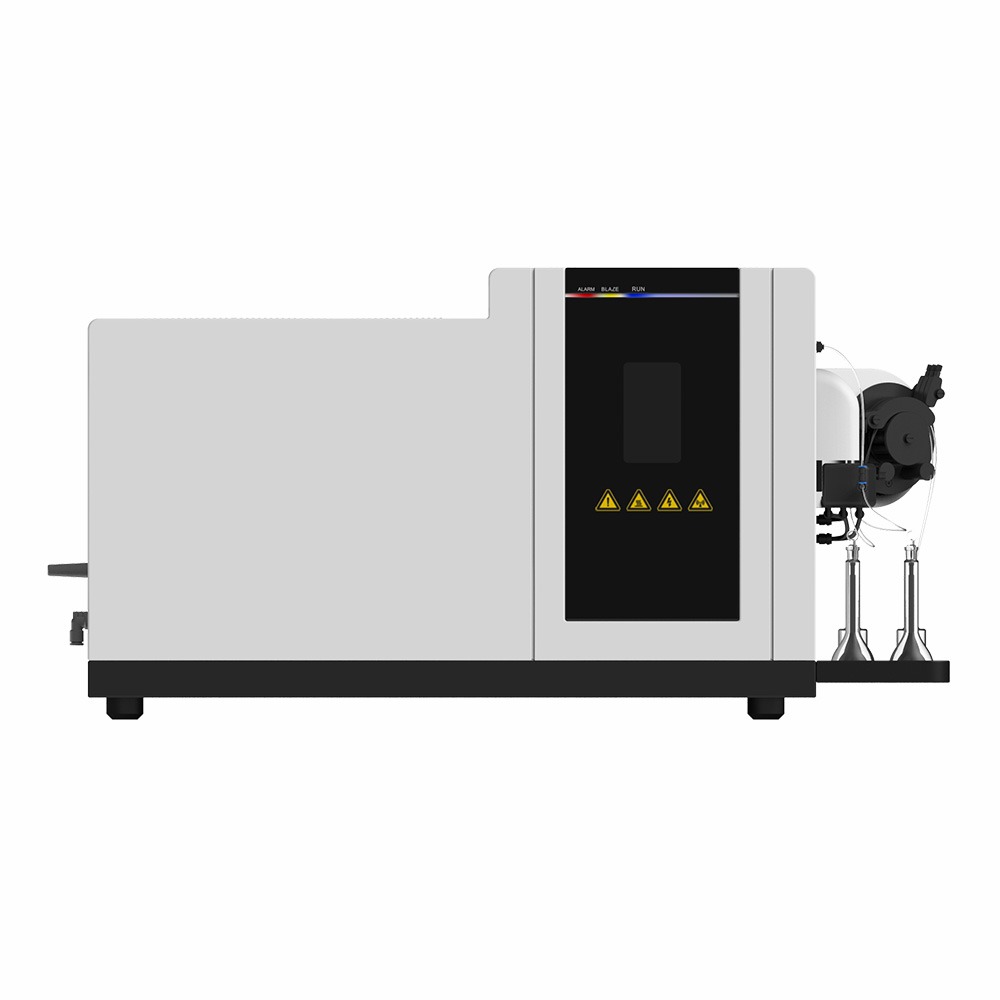
Challenges in Sample Preparation for Enhancing ICP-MS Accuracy
This chart outlines the key challenges in ICP-MS sample preparation and their potential impact on the accuracy and reliability of trace element analysis.
| Challenge | Description | Impact on ICP-MS Accuracy |
| Contamination Control | Contamination from labware, reagents, or the environment can introduce impurities into samples. | Increases background noise, reducing accuracy for trace element analysis. |
| Matrix Effects | Sample matrices can suppress or enhance analyte signals, leading to bias. | Alters signal intensity, resulting in inaccurate quantification. |
| Incomplete Digestion | Failure to fully dissolve complex samples leaves residual particles. | Causes inconsistent analyte recovery and signal instability. |
| Analyte Loss | Volatile elements (e.g., mercury) may evaporate during preparation. | Reduces detection efficiency and underestimates analyte concentration. |
| Reproducibility Issues | Manual preparation introduces variability between samples. | Decreases data reliability, especially for high-throughput analysis. |
| Sample Introduction Inefficiency | Poor aerosol generation affects plasma transport and ionization. | Reduces sensitivity and stability of analyte detection. |
| Cross-Contamination | In high-throughput setups, samples can contaminate each other. | Leads to false positives or skewed results. |
| High Sample Complexity | Complex matrices (e.g., biological or geological samples) require specialized preparation. | Demands additional steps, increasing preparation time and effort. |
| Environmental Concerns | Excessive use of hazardous acids and solvents. | Raises safety risks and environmental impact. |
| Time-Intensive Protocols | Traditional preparation methods can be slow and labor-intensive. | Limits productivity and delays results in high-demand scenarios. |
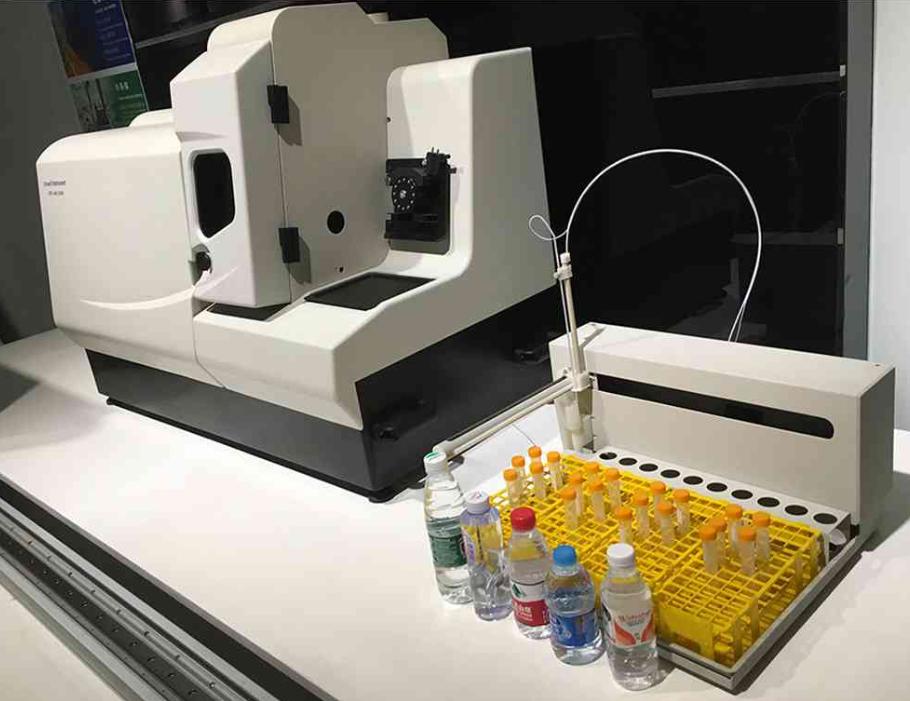
Key Innovations in Sample Preparation for Enhancing ICP-MS Accuracy
1. Microwave-Assisted Digestion
Microwave digestion systems have redefined the preparation of complex matrices for ICP-MS:
- High Efficiency: Rapid decomposition of samples into analyzable solutions.
- Safety and Precision: Closed-vessel systems minimize contamination and analyte loss.
- Versatility: Effective for geological samples, biological tissues, polymers, and more.
Modern microwave digestion systems feature real-time monitoring and temperature control, ensuring uniform digestion for high analytical accuracy.
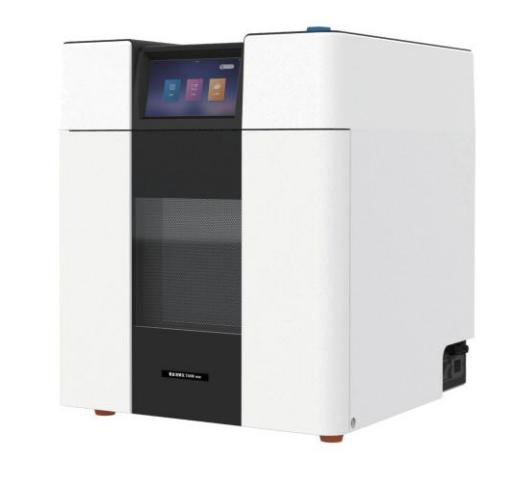
2. Solid-Phase Extraction (SPE)
Solid-phase extraction is a transformative technique for isolating and concentrating trace elements:
- Selective Enrichment: Specialized resins capture target analytes while removing matrix interferences.
- Inline Compatibility: SPE modules integrate seamlessly with ICP-MS spectrometer systems for streamlined workflows.
- Improved Sensitivity: Enables detection of ultra-trace elements by preconcentrating analytes from large volumes.
3. Ultrasonic Nebulization
Ultrasonic nebulizers enhance the sample introduction phase, crucial for achieving consistent results:
- Finer Aerosol Formation: Produces uniform droplets, optimizing plasma transport.
- Reduced Matrix Effects: Limits solvent loading in the plasma, stabilizing ionization.
- Increased Detection Sensitivity: Particularly effective for elements with low ionization efficiency.
4. Automation in Sample Handling
Automated systems are transforming ICP-MS workflows by reducing manual errors and increasing throughput:
- Robotic Pipetting and Dilution: Ensures consistent sample preparation and precise concentration adjustments.
- Batch Processing: Automated systems can handle multiple samples simultaneously, ideal for high-throughput laboratories.
- Integration with Software: Facilitates real-time monitoring and documentation of sample preparation steps.
5. Ion Exchange and Preconcentration Techniques
Innovative ion exchange methods improve analyte recovery and accuracy:
- Custom Resins: Designed for specific analytes, such as rare earth elements or heavy metals.
- Preconcentration Modules: Enhance detection limits for low-abundance elements by increasing their concentration in the sample.

6. Advances in Contamination Control
Mitigating contamination is critical for trace-level analysis:
- Ultra-Clean Labware: Acid-washed containers and PTFE materials minimize external contamination.
- Cleanroom Environments: Controlled spaces ensure minimal particulate interference.
- High-Purity Reagents: Use of trace-metal-grade solvents and acids reduces background noise.
7. Green Chemistry in Sample Preparation
Sustainability in sample preparation is gaining traction:
- Acid Recycling Systems: Reduce waste and operating costs by recovering and purifying acids.
- Low-Volume Protocols: Minimize reagent use without compromising accuracy.
- Eco-Friendly Solvents: Adoption of greener alternatives to hazardous chemicals.
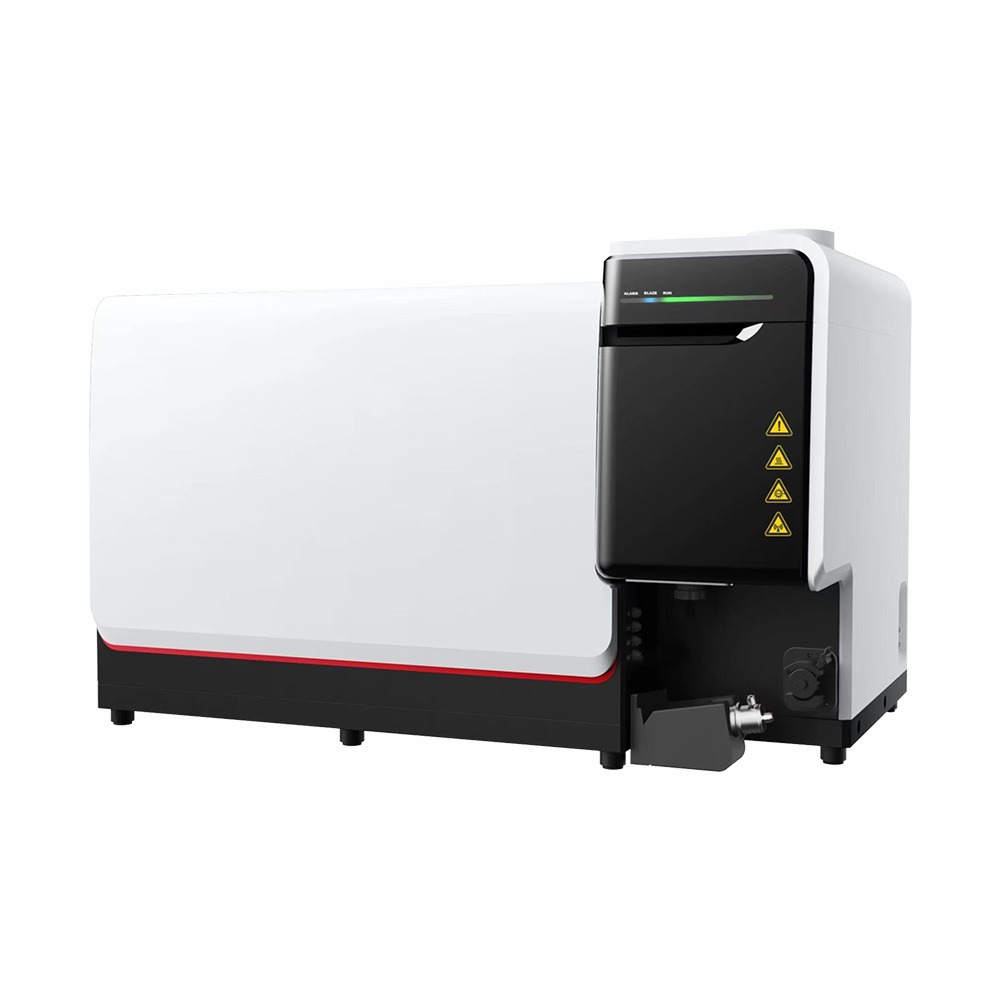
Applications of ICP-MS with Advanced Sample Preparation Techniques
This chart highlights the synergy between advanced sample preparation techniques and the versatility of ICP-MS in diverse fields.
| Application | Advanced Sample Preparation Technique | Description |
| Environmental Analysis | Microwave-assisted digestion | Ensures complete digestion of soil, water, and sediment samples for trace metal analysis. |
| Clinical Diagnostics | Dilution and protein precipitation | Prepares blood, serum, and urine samples for precise quantification of trace elements. |
| Pharmaceutical Analysis | Solid-phase extraction (SPE) | Removes matrix interferences, enabling accurate determination of impurities in drugs. |
| Food Safety Testing | Ultrasonic extraction | Extracts trace elements from complex food matrices (e.g., pesticides, heavy metals). |
| Geological Research | Fusion and acid digestion | Prepares minerals and rocks for the quantification of rare earth elements and isotopes. |
| Industrial Quality Control | Laser ablation | Direct analysis of solid samples, such as metals or ceramics, without dissolution. |
| Nuclear Science | Ion exchange chromatography | Isolates radioactive isotopes for precise measurements. |
| Nanomaterial Characterization | Size-exclusion chromatography | Separates nanoparticles before determining elemental composition and size distribution. |
| Forensic Science | Thermal desorption | Prepares residues and powders for trace metal and isotopic ratio analysis. |
| Biological Research | Cell lysis and centrifugation | Breaks down biological samples to analyze |
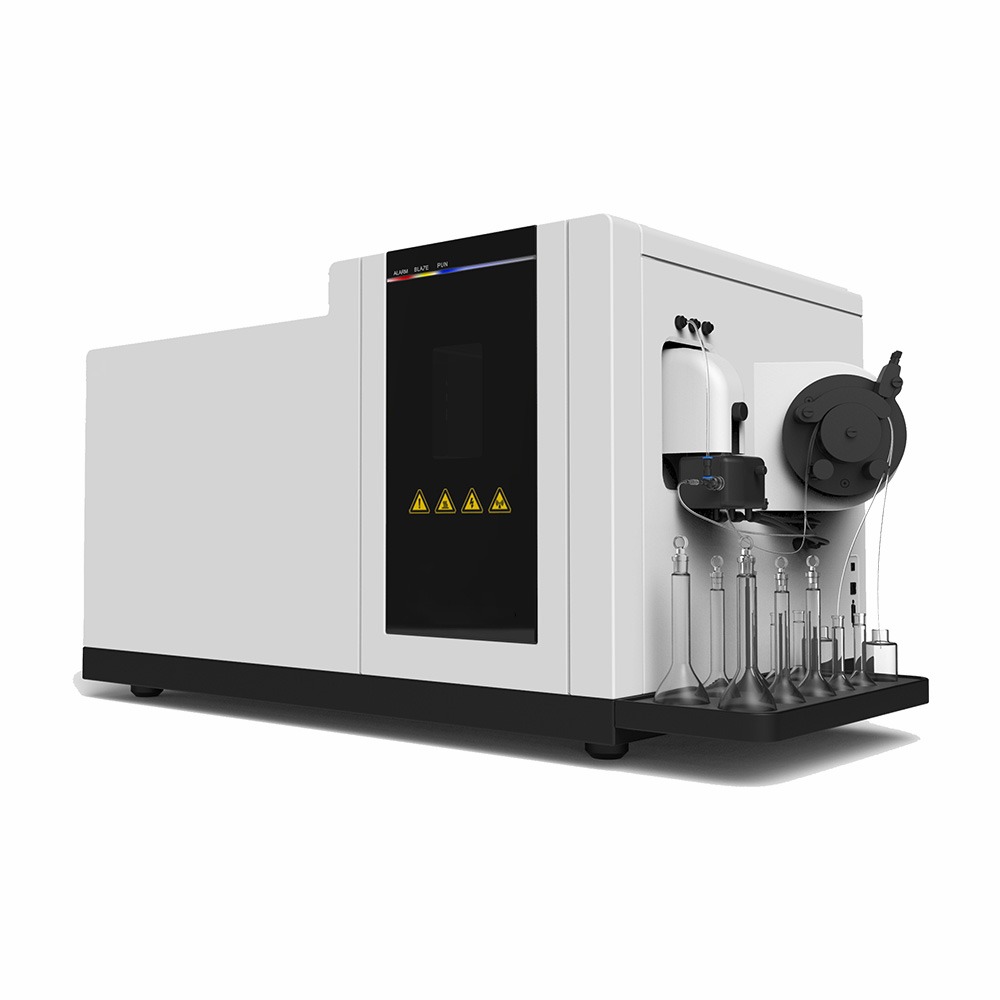
To sum up, innovative sample preparation techniques are essential for maximizing the accuracy and efficiency of ICP-MS analysis. Through adopting advanced methods like microwave digestion, solid-phase extraction, ultrasonic nebulizationand, automated sample handling, etc, laboratories can overcome traditional challenges and achieve higher precision in their results.

